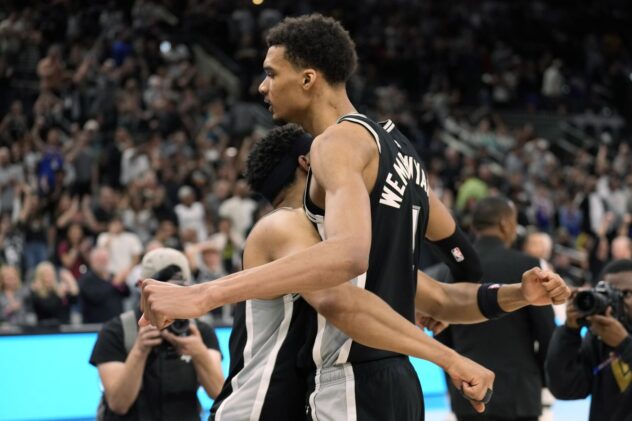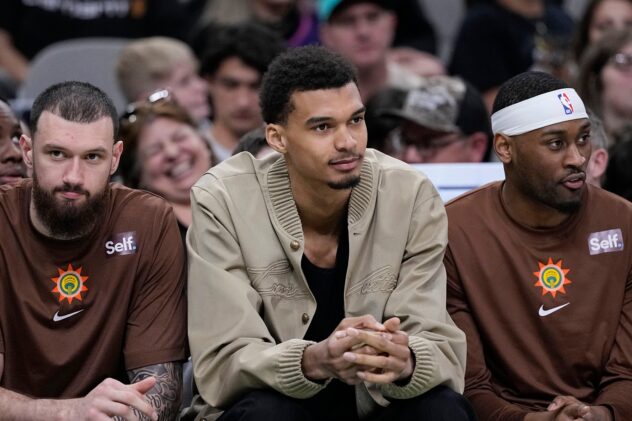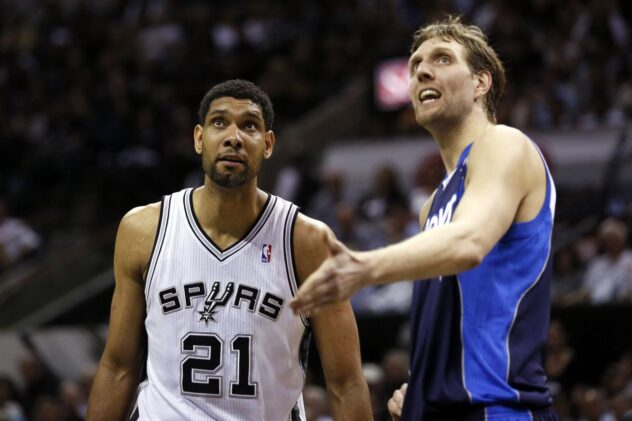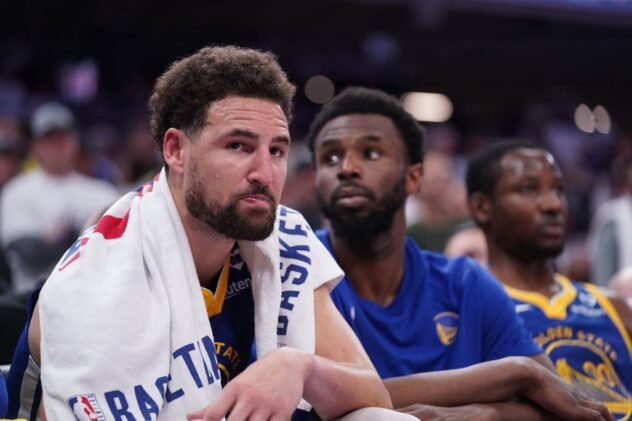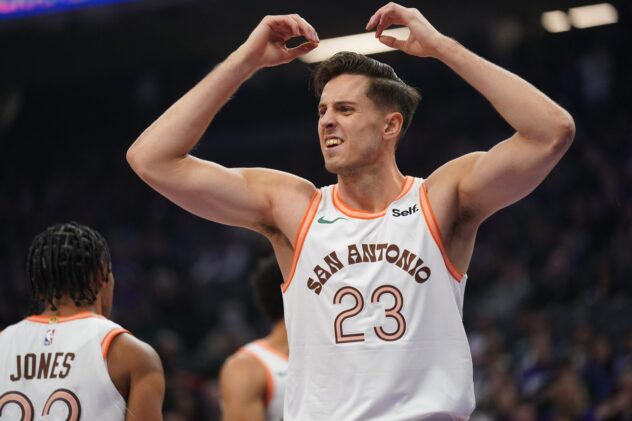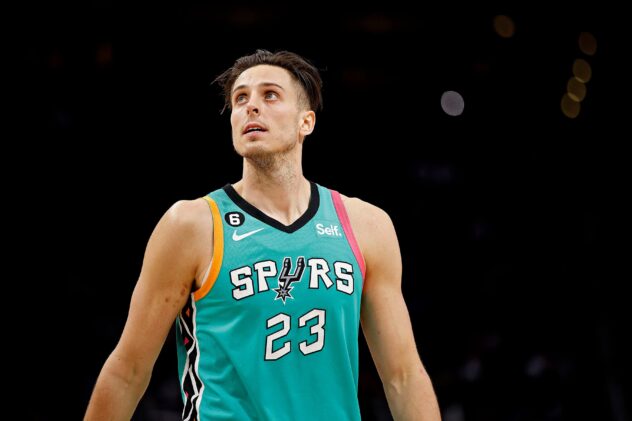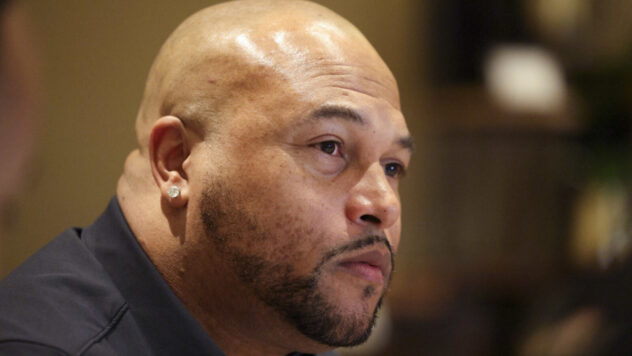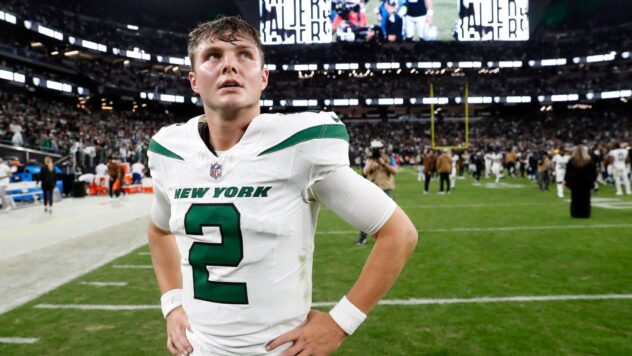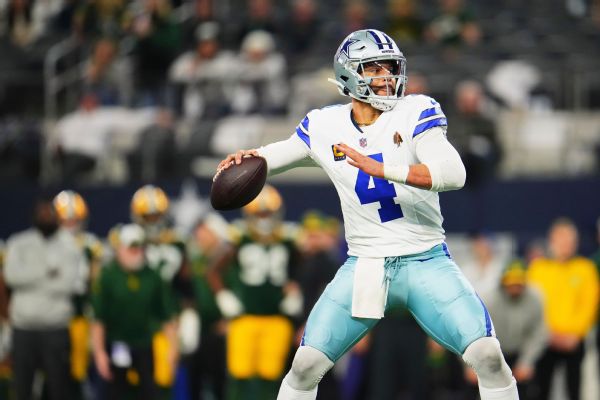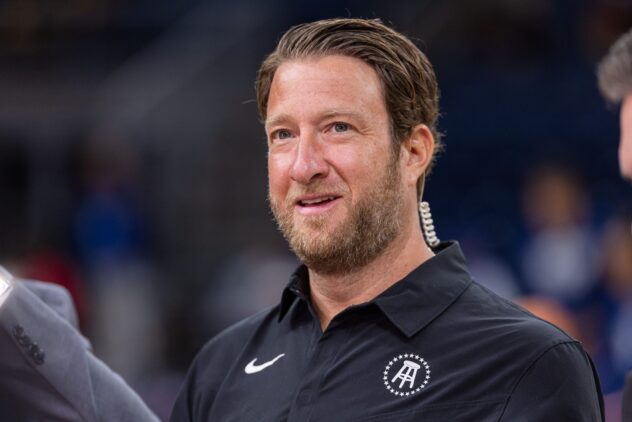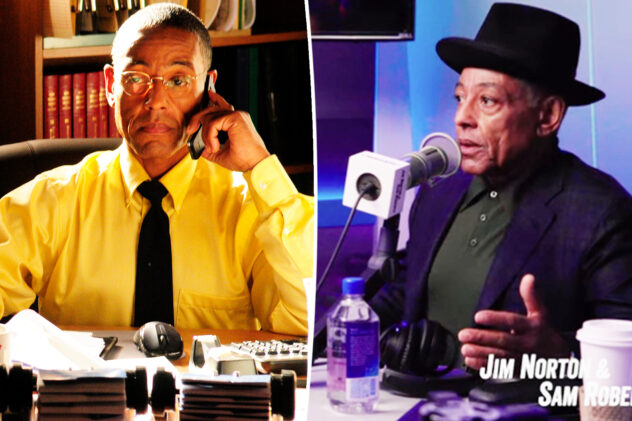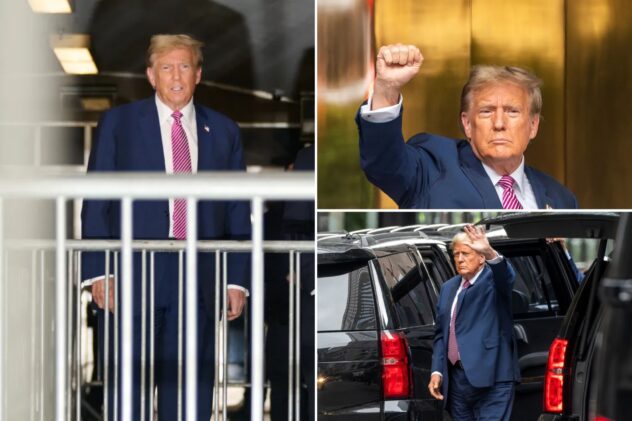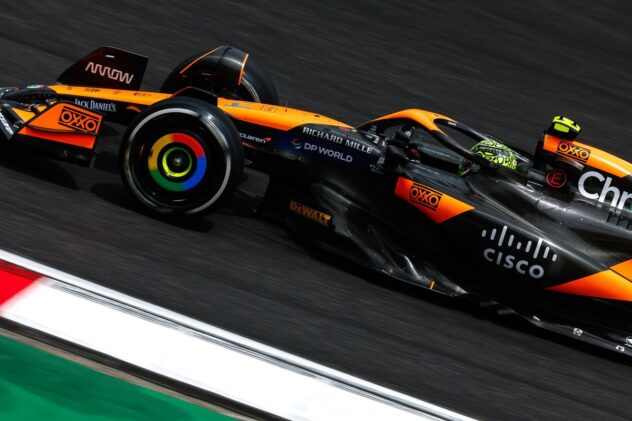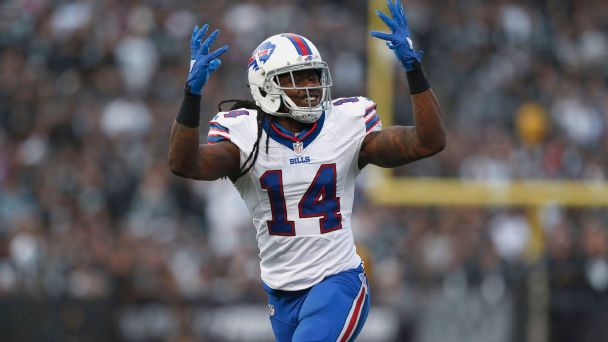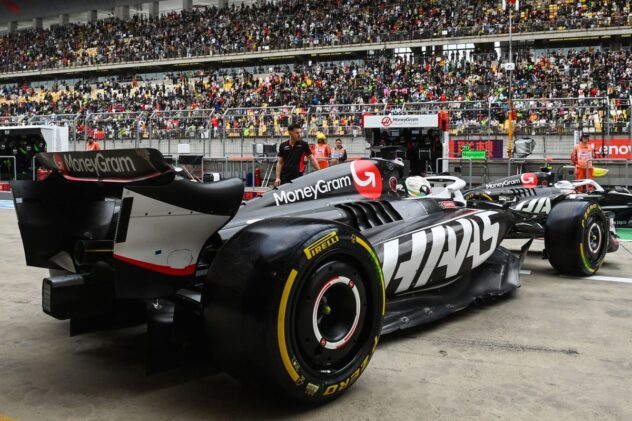The biggest factor in the Spurs’ offseason isn’t the draft or free agency

The Spurs are in something of a choose-your-own-adventure summer. They’re among the teams with the most cap space thanks to their expiring vet contracts, possess a handful of assets between their future picks and players on rookie deals, own the 12th pick in a talented 2021 draft and, after missing the playoffs for a second year in a row, have room to get better. As opposed to other years where they were hamstrung financially, committed to a particular core, or only in need of minor tweaks to remain in a title hunt, this offseason is really about how much the front office is willing to go in one certain direction.
What that direction may be is yet to be seen. The last few seasons have been spent straddling the lines between rebuilding, reloading and attempting to remain relevant; perhaps by design, it’s brought us to a summer of uncertainty and extreme flexibility. All of which limits what you can do while parsing early offseason rumors, weighing free agent A vs free agent B, or attempting to project a 19- and 20-year old’s fit on the current roster. It all depends on a front office vision that’s not yet in focus, at least for those of us on the outside.
Who on this roster can anchor a good to great offense? What strengths, identity, or playing style can you lean into after ranking 19th in offensive rating and 17th on the defensive end? Is there a Spur with top-30 upside, and how far can this group go if there isn’t? These are questions you can usually answer with some confidence when a team is not actively tanking.
Because of that lack of clarity, we have to take every rumor with an even smaller grain of salt. Somewhere it was aggregated that Derrick White and Dejounte Murray could be had, someone else reported the team’s interest in an on-the-block Ben Simmons, while others have linked the team to restricted free agent John Collins. We also have a growing list of prospects that have been worked out or interviewed:
Spurs Pre-Draft Contact:
Jordan Hall (workout)
Joe Wieskamp (workout)
LJ Figueroa (interview)
Kai Jones (interview)
Trey Murphy (workout)
Keon Johnson (interview)
Austin Reaves (workout)
MaCio Teague (workout)
Yves Pons (workout)
Corey Kispert (interview)
Josh Primo (workout)— Noah Magaro-George (@N_Magaro) July 1, 2021
Draft speculation is fun because it allows you to fill in the gaps of your team as needed. Bad ones picking near the top look for that next franchise cornerstone and good teams look for cost-controlled talent that can help their established cores. San Antonio finds itself somewhere in that sloshy middle with no clear indication of how they may try to point their vector upward.
Until now, the organization has gotten by with minimal risk. They’ve stood pat in each draft and adopted a mostly best-player-available approach, which has led to a guard-heavy young core with no clear indication of a true primary creator or go-to scorer, gaps that have yet to be shored up through trades or free agency and which would be further exposed if DeRozan, the team’s best iso scorer and creator, leaves. The 2020-21 group played a style of ball that befitted a transitional year: amorphous Bubble Ball that leaned heavily on drive-and-kick ball movement, minimizing of turnovers, and downhill drives to the rim, while playing switchier defense on the other end.
There’s nothing to say that conservative approach doesn’t continue this year. The Spurs can let another solid pro fall to them at 12 and make savvy moves with their cap room, either chasing lottery tickets or throwing the entire bag at guys like Collins, trusting they have enough in their young core and organizational strengths to stay the course. Maybe that includes DeRozan coming back, maybe it doesn’t.
But there are numerous ways this summer can go depending on how PATFO assesses the roster’s strengths, weaknesses and upside. If they don’t intend to bring back DeRozan, they can let him walk and use the cap space he frees up, or attempt to arrange a sign and trade to bring in a big piece not available in free agency. They can also bring back Patty Mills or Rudy Gay or absorb a big contract into their cap space. They can pair a young piece with the 12th pick and target a higher-upside prospect slated to go earlier. They can make Collins an offer he may not want to refuse. It’s hard to root for any move in a vacuum without understanding how it fits into a bigger picture that has thus far eluded us.
Maybe the front office gives a glimpse into that picture on draft night or the weeks following, or maybe their best-laid plans fall through, which is why we can only criticize so much. It takes two teams to make a deal, but it’s ultimately on each team to have a vision for its future and make it happen, one way or another.

